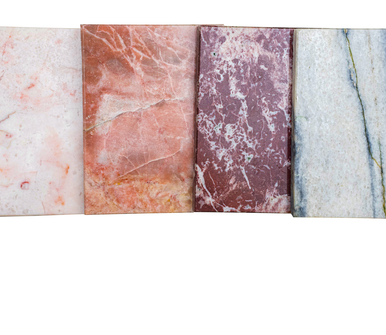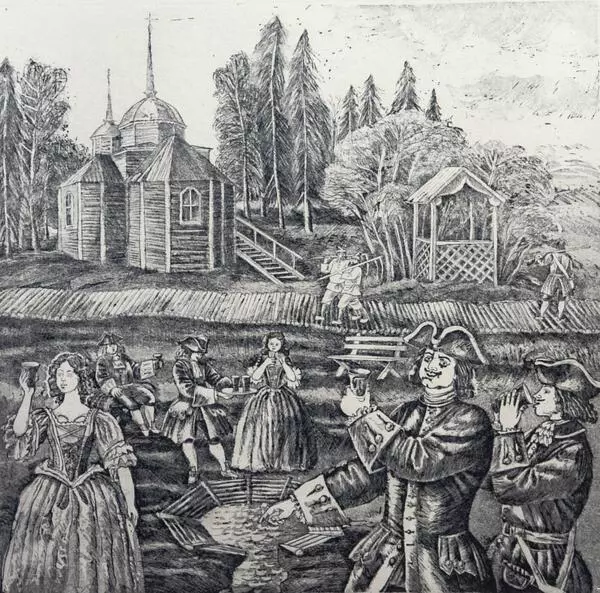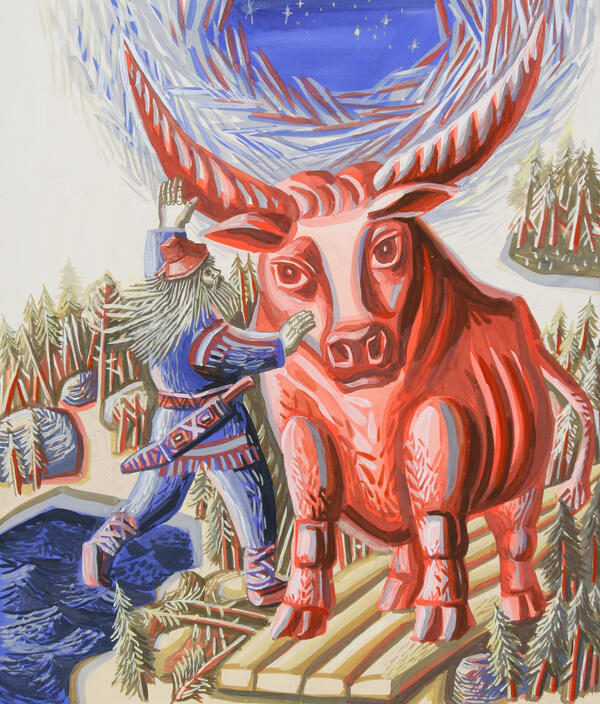There was a war near the Russian northern borders, known as the Great Northern War, from 1700 to 1721.
The Kingdom of Sweden fought against the coalition of Northern European states for the Baltic lands and command of the Baltic Sea and its coast. Apart from Russia, Saxony, Denmark–Norway and the Polish-Lithuanian Commonwealth were part of the coalition.
Peter the Great initiated the construction of iron plants in the Urals and Northwest Russia to produce cannons, cannon balls, rifles, and other weapons to form a well-armed army and navy. The territory of modern Karelia became one of the metallurgical industry centers of that time.
In 1702, three was an expedition to Onega Lake western shore led by the scout Ivan Patrushev. At that time in the middle of taiga wilderness, there was only a mill, a log cabin, and a few fishermen’s huts on the shore of the Lososinka River. The members of the expedition spent almost the entire summer exploring river and lake water conditions, iron and copper deposits on the territory of Shuisky and other settlements. The expedition decided that the Lososinka River mouth was the most convenient place for construction of the factory. The tumultuous river deeply cut through the Onega Lake ancient coastal terraces and formed rapids, which were able to provide sufficient waterpower for the future factory needs.
Alexander Menshikov, the governor of St. Petersburg Governorate, laid the first foundation stone of the future factories. The first dam were constructed downstream the river, as well as two blast furnaces, water wheel mechanisms, a large tank for gun casting, and forging shop. An anchor forgery, an armory and other shops were also built there.
Artisans from Western Europe and Russian cities — Tula, Moscow, Yaroslavl, Kostroma, Kursk, Voronezh and Tobolsk — were invited to the factories. In 1711, the foundrymen mastered the production of rapid-fire cannons and within two years the light case naval cannons. In the 1720s, the factories started producing bayonets with a tube put on the gun barrel. This device enabled shooting without detaching the bayonet. Annually the factories produced up to 7 thousand rifles, pistols, soldiers' swords and other weapons.
The exhibition features Boris Akbulatov’s etching (printed impression) “Petrovsky Factories”, depicting shops and artisans of Petrosvsky factories.
The artist Akbulatov has been studying the history of Petrozavodsk and the personality of the city founder Peter the Great since 1977. A book about Peter the Great “Medny Vershnik” (The Bronze Horseman) with the illustrations of the graphic artist was published in 1988. Akbulatov’s “Petrozavodsk series” etchings were printed in different editions many times.
The Kingdom of Sweden fought against the coalition of Northern European states for the Baltic lands and command of the Baltic Sea and its coast. Apart from Russia, Saxony, Denmark–Norway and the Polish-Lithuanian Commonwealth were part of the coalition.
Peter the Great initiated the construction of iron plants in the Urals and Northwest Russia to produce cannons, cannon balls, rifles, and other weapons to form a well-armed army and navy. The territory of modern Karelia became one of the metallurgical industry centers of that time.
In 1702, three was an expedition to Onega Lake western shore led by the scout Ivan Patrushev. At that time in the middle of taiga wilderness, there was only a mill, a log cabin, and a few fishermen’s huts on the shore of the Lososinka River. The members of the expedition spent almost the entire summer exploring river and lake water conditions, iron and copper deposits on the territory of Shuisky and other settlements. The expedition decided that the Lososinka River mouth was the most convenient place for construction of the factory. The tumultuous river deeply cut through the Onega Lake ancient coastal terraces and formed rapids, which were able to provide sufficient waterpower for the future factory needs.
Alexander Menshikov, the governor of St. Petersburg Governorate, laid the first foundation stone of the future factories. The first dam were constructed downstream the river, as well as two blast furnaces, water wheel mechanisms, a large tank for gun casting, and forging shop. An anchor forgery, an armory and other shops were also built there.
Artisans from Western Europe and Russian cities — Tula, Moscow, Yaroslavl, Kostroma, Kursk, Voronezh and Tobolsk — were invited to the factories. In 1711, the foundrymen mastered the production of rapid-fire cannons and within two years the light case naval cannons. In the 1720s, the factories started producing bayonets with a tube put on the gun barrel. This device enabled shooting without detaching the bayonet. Annually the factories produced up to 7 thousand rifles, pistols, soldiers' swords and other weapons.
The exhibition features Boris Akbulatov’s etching (printed impression) “Petrovsky Factories”, depicting shops and artisans of Petrosvsky factories.
The artist Akbulatov has been studying the history of Petrozavodsk and the personality of the city founder Peter the Great since 1977. A book about Peter the Great “Medny Vershnik” (The Bronze Horseman) with the illustrations of the graphic artist was published in 1988. Akbulatov’s “Petrozavodsk series” etchings were printed in different editions many times.







